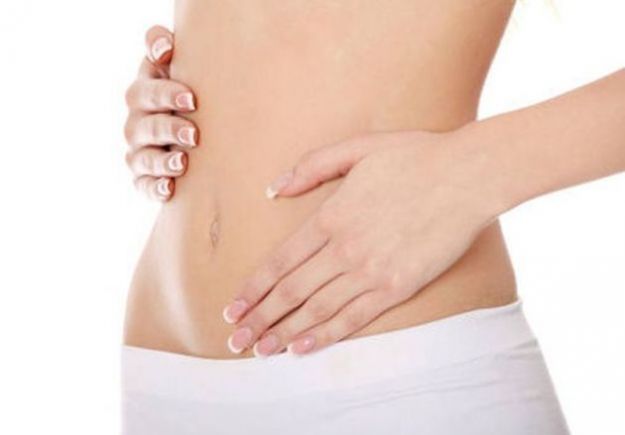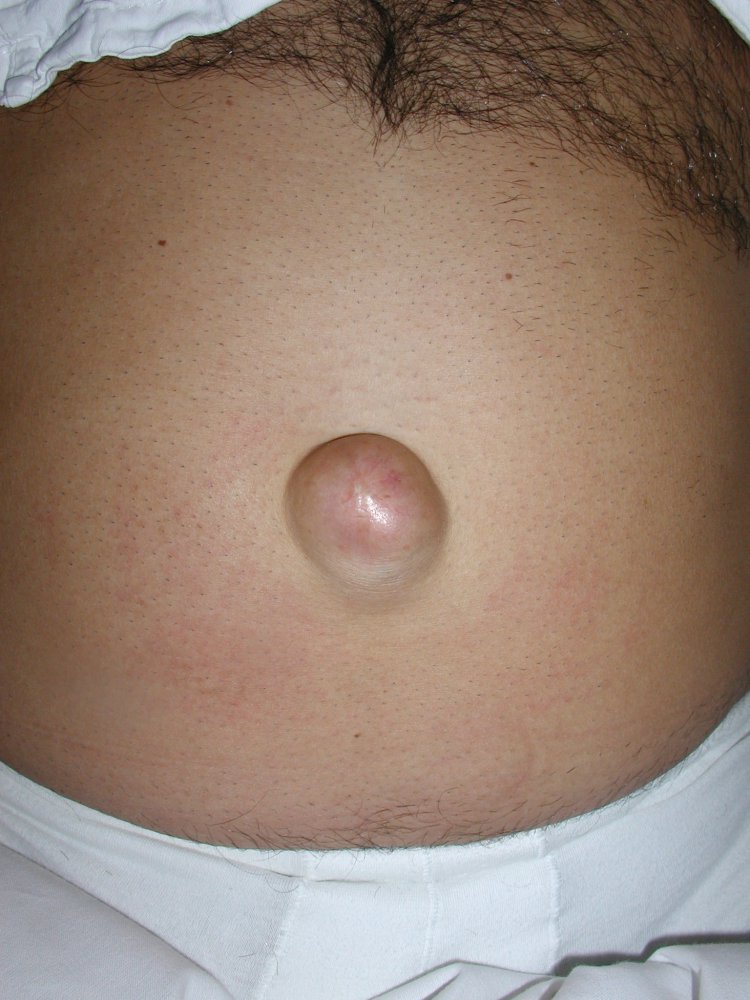1. UMBILICAL HERNIA
2. SURGICAL TECNIQUE OF UMBILICAL HERNIOPLASTIC
3. POSTOPERATIVE INFORMATION AFTER THE UMBELIC HERNIOPLASTIC INTERVENTION
4. IMAGES
1) OMBELICAL HERNIA
The umbilical or umbilical cord is one of the areas of our abdomen considered weaker and where for various reasons, constitutional, pregnancy, weight gain, the formation of a hernia, called umbilical hernia, may occur.
This is a protrusion of an abdominal bowel through an abdominal muscle-fascial wall opening.
When the defect is small, the content usually consists only of abdominal fat (even), even in the case of tightening of effects; When the umbilical hernia is larger, they may engage in intestinal tract and cause serious damage.
3) POSTOPERATIVE INFORMATION AFTER INTERVENTION FOR UMBELIC HERNIOPLASTIC
The operated part remains generally painless for a few hours after surgery thanks to the local anesthetic.
If you get a sore throat, take the pain medication prescribed in the attached dismiss letter. Tolerance and the threshold of pain vary considerably from patient to patient, so someone will need analgesics for 4-5 days, while the rest nothing else.
Patients operated for large hernias will generally have more discomfort in the postoperative, especially during position changes, from sitting position and from straight position
Once the desired position is taken, the pain will quickly regress the use of a POSTOPERATOR ELASTIC PANT, only daily for 30 days, will relieve the hassles.
It should be emphasized that modest physical activity attenuates and favors the fastest disappearance of pain.
It is therefore given in the immediate postoperative and in the following days, you can walk and climb the stairs, unless you have other indications from the surgeon team.
The mesh, often used for this operation, makes the repair extremely strong and solid immediately. Sports activities will be repeated gradually at the end of the first month of intervention. The surgical incision is closed with intradermal or internal dots that resurface themselves (there are no visible spots on the skin).
The steristrips will protect the surgical wound and allows the patient to shower after 3 days of surgery.
After the shower you have to remove the large patch without fear, you can disinfect over the cerotine and you have to put on a large patch.
We recommend the use of an ice bag on the catfish for at least three times a day for two days; it decreases swelling, hematoma and pain on the side.
In the postoperative period, the patient can do whatever he feels able to do with physical effort, including evacuation efforts.
In fact, you should avoid too heavy food, drink at least two liters of liquid - non-gassed water, the juice, fruit juice, broth, etc. - for the first few days, in order to promote and function intestinal.
Eventually you can apply a supposedly laxative after the second day.
It is advisable to avoid driving the car for the first 3 days.
After the intervention, and in the following days, the patient could observe a number of possible situations:
Pain in the operated area: of varying intensity and controllable with analgesics;
- fever (without tremors and / or chills): the normal reaction of the body to stress;
- bruise (blue-blackish color) on the skin of the omelike region extended to the pubis: it tends to disappear in a couple of weeks;
- swelling, sometimes very obvious, in the same region: it regresses after 1 to 2 weeks (useful ice bag).
- a few drops of blood on the dressing;
There may be slight mild burning, tingling and lack of sensitivity. These effects will alleviate until disappearing within a few weeks.
In the umbilical region, within a week it will form a tough area: this is due to the normal scar tissue reaction.
It will tend to disappear completely within two months. These events are absolutely normal and foreseen.
Therefore, they should not cause any concern if they are present in the form described.
If some of these situations should be of considerable size (39 ° C fever with chills and / or tremors, intense and unbearable pain, abnormal swelling, free bleeding of the wound) the patient should promptly notify the surgical team.
For any further information or, if necessary, we are available at our contact details, provided that during the first three days of the intervention you will have to phone between 19.00 and 20.00 to one of your surgeons in your operating team to report on their status ( Possibly leave a message in the answering machine).

